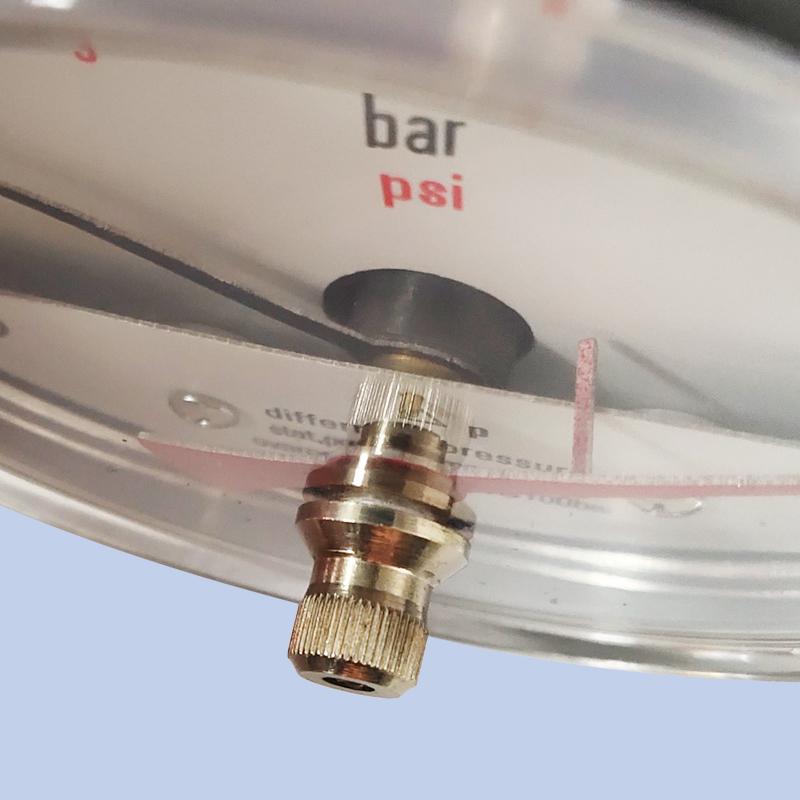
Aug . 01, 2024 08:06 Back to list
High-Temperature Differential Pressure Gauges for Accurate Measurement and Monitoring Solutions in Industrial Applications
Understanding High-Temperature Differential Pressure Gauge Products
In industrial processes, accurate measurement and monitoring of differential pressure are crucial for ensuring optimal performance and safety. High-temperature differential pressure gauges are specifically designed to operate in environments where conventional gauges may fail due to extreme heat. This article explores the significance, applications, and features of high-temperature differential pressure gauge products.
What is a Differential Pressure Gauge?
A differential pressure gauge is an instrument used to measure the difference in pressure between two points in a system. This measurement can provide critical insights into the behavior of gases and liquids within pipelines, tanks, and various industrial processes. The differential pressure measurement is essential for applications such as flow rate measurement, filter monitoring, and level detection.
The Importance of High Temperature Resistance
In many industrial applications, particularly in fields such as oil and gas, chemical processing, and power generation, the temperature can reach levels that exceed the tolerance of standard gauges. High-temperature differential pressure gauges are engineered to withstand these extreme conditions. These instruments typically feature robust materials and advanced design structures, enabling them to function effectively in temperatures that can range from 200°C (392°F) to over 600°C (1112°F).
Applications of High-Temperature Differential Pressure Gauges
High-temperature differential pressure gauges are used in various applications, including
1. Oil and Gas Production In extracting resources from reservoirs, these gauges monitor pressure changes to help optimize extraction processes while ensuring safety.
2. Chemical Processing Many chemical reactions generate heat; therefore, differential pressure gauges monitor reactions and control processes by providing real-time data to operators.
high temperature differential pressure gauge products

4. Aerospace High-temperature differential pressure gauges are used in testing and monitoring environmental conditions in rocket engines and other high-performance aerospace components.
5. Food and Beverage Industry These gauges help monitor processes that require sterilization, ensuring that pressure levels remain safe for food production.
Features of High-Temperature Differential Pressure Gauges
When selecting a high-temperature differential pressure gauge, several features are important to consider
- Material Construction High-quality materials, such as stainless steel or special alloys, are essential for withstanding heat and corrosive environments.
- Accuracy and Calibration Look for gauges with high precision and the ability to be calibrated for different applications.
- Response Time The speed at which the gauge can respond to pressure changes is vital for real-time monitoring.
- Range Consider the pressure range the gauge can handle, ensuring it meets the specific requirements of the application.
- Sealing Proper sealing mechanisms are necessary to prevent leaks and protect sensitive components from heat and debris.
Conclusion
High-temperature differential pressure gauge products are invaluable tools in various industries where accurate pressure measurement is essential. Their ability to operate in extreme temperatures while providing precise readings makes them critical for maintaining safety and efficiency in industrial processes. As technology advances, the designs and capabilities of these gauges continue to improve, offering even greater reliability and performance. In selecting the right gauge, it is important to consider the unique requirements of each application to ensure optimal measurement and monitoring capabilities.
-
High-Precision 5 Valve Manifold Differential Pressure Gauge Suppliers
NewsApr.29,2025
-
High-Precision Diaphragm Vacuum Pressure Gauges Manufacturers & Quotes
NewsApr.29,2025
-
Omega Differential Pressure Gauges High Accuracy & Durability
NewsApr.28,2025
-
Low Pressure Differential Pressure Gauges Precision Solutions & Quotes
NewsApr.28,2025
-
Digital Diaphragm Pressure Gaauge Precision Measurement & OEM Quotes
NewsApr.28,2025
-
Differential Pressure Gauge China Price High-Accuracy & Best Quotes
NewsApr.28,2025
